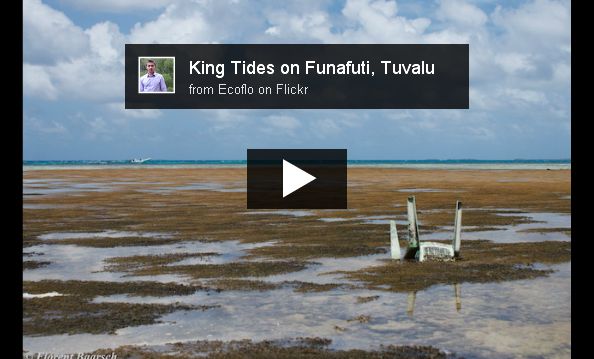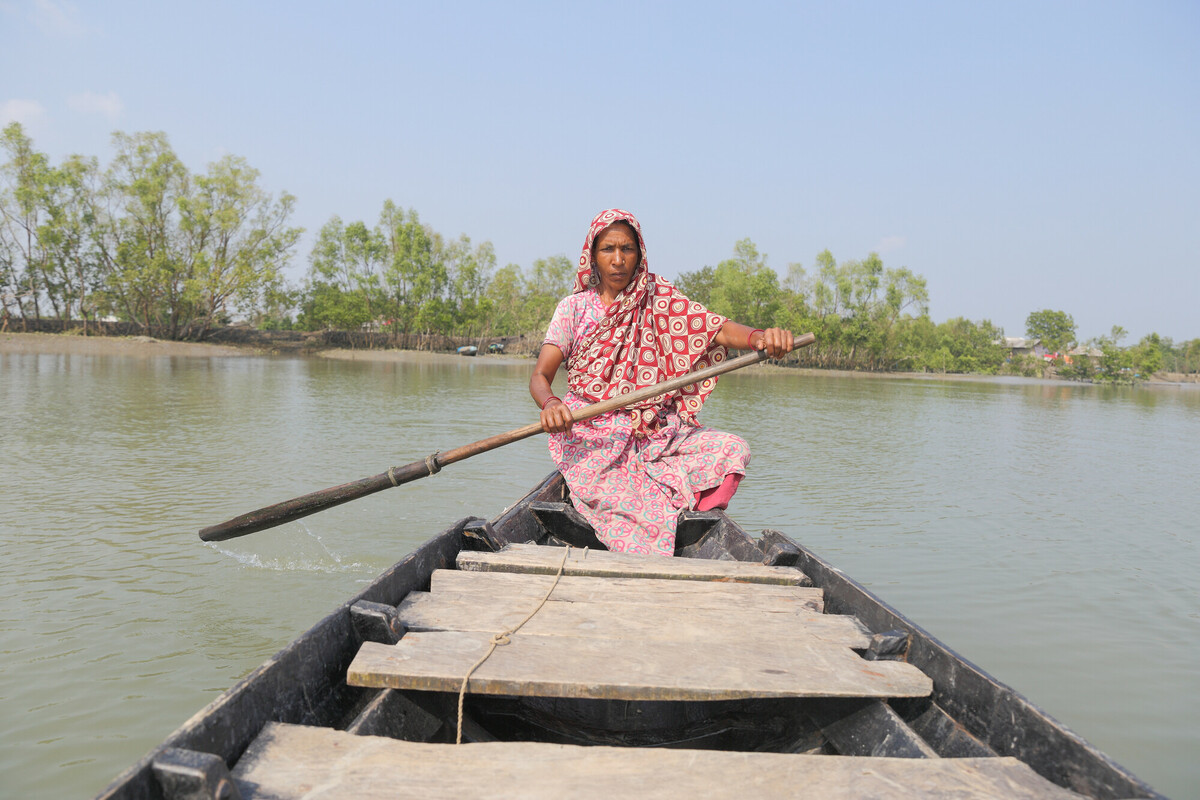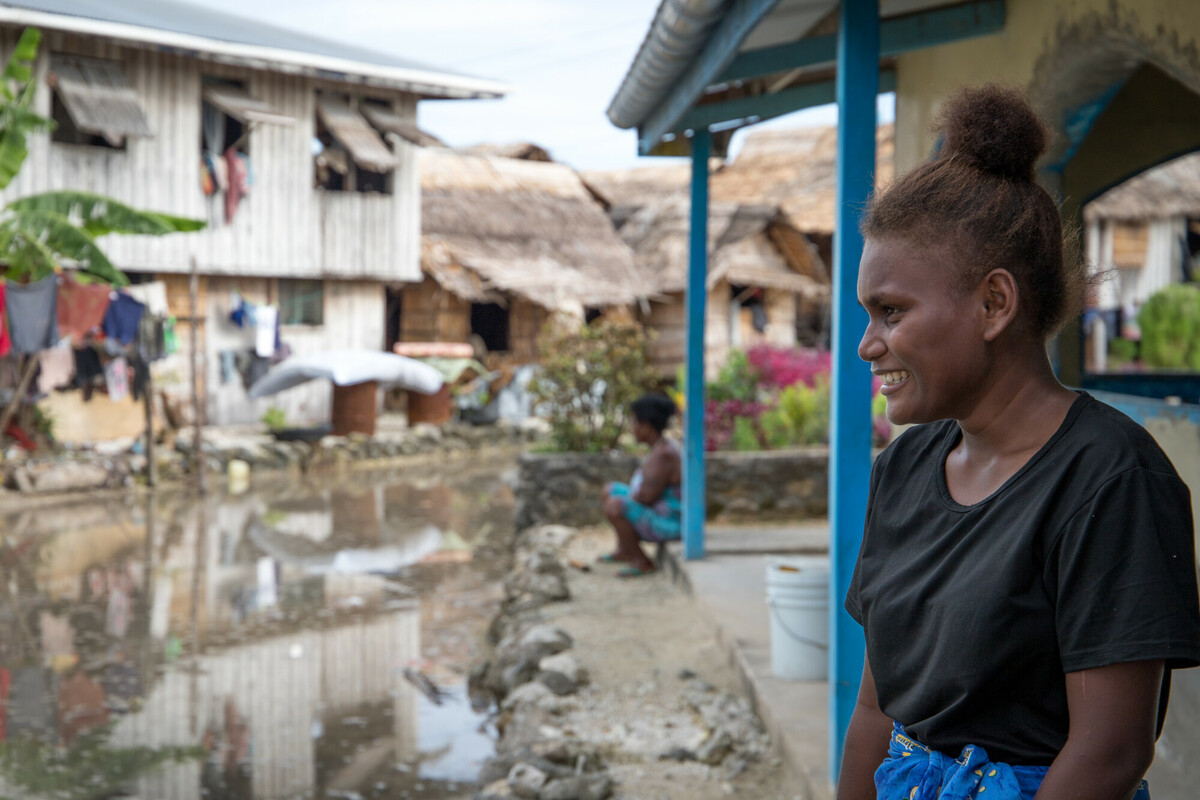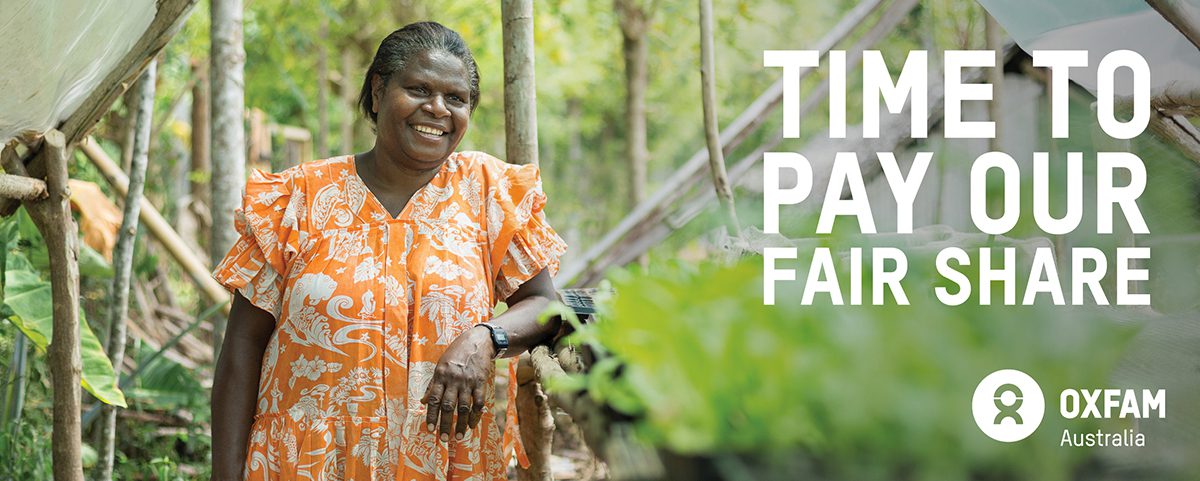Every month at the full moon, the high tides are coming in on Tuvalu. In the months between January and March the tides are exceptionally high. The highest high tide of the year is popularly referred to as the king tides, and occurs in February. This year the tides measured around 3.24 meters.
According to IPCCs Third Assessment Report, sea levels rose between 0.1 and 0.2 metres in the 20th century. The projection for the 21st century is an increase of between 0.50 and 0.95 metres at an average rate of 5mm per year.
On the islands of Tuvalu, where the highest points range between 3 and 4 metres, an increase of just 10 or 20cm makes a huge difference on the intensity of the tide water, cyclones and tropical storms.
The people on Tuvalu are already experiencing flooding in places that were not flooded some years ago. The seawater is seeping through the ground, salting the arable soil and ground water. Growing the traditional pulaka, taro, papaya, breadfruits and bananas gets harder because of the progressive salinization. Consequently, the population is increasingly dependent on costly imported food.
The waves and rising tides are washing away the coastline and the once beautiful sandy beaches. As the ground is swept away, the coconut trees are falling down, increasing the erosion process. Even the seawalls, built to protect the coasts, are giving away to the rising and intensified waters and the waves are now washing over and behind the walls.
With the estimated sea-level rise, Tuvalu might lose up to 1 metre of shoreline a year – a huge loss for the islands only 400 metres across at its widest point.
Florent Baarsch is a member of the international youth climate movement currently working in Tuvalu on the climate change awareness project Klima-Tuvalu
Originally published on Klima-Tuvalu



